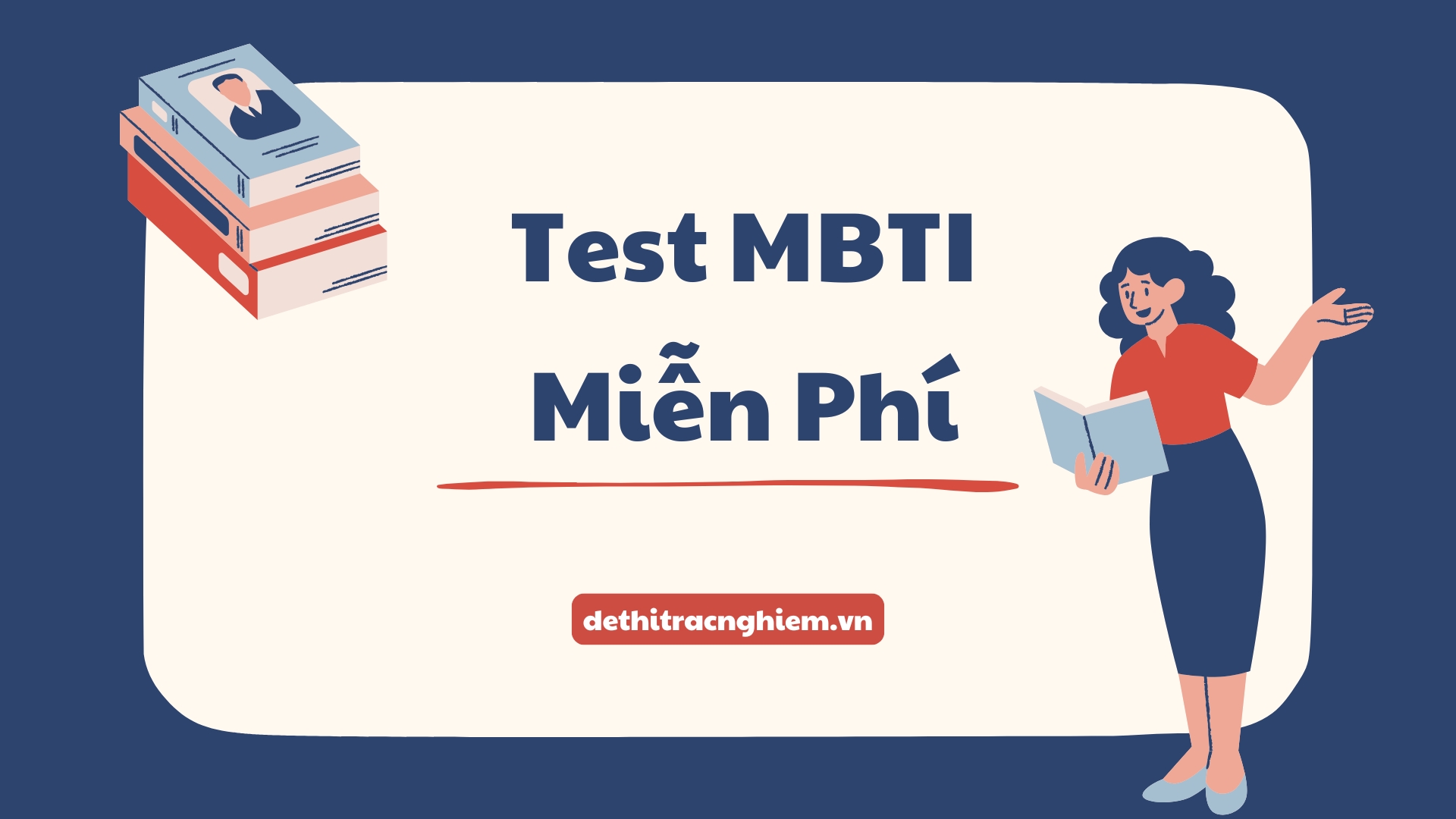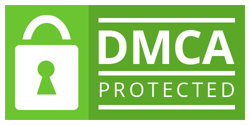Trắc nghiệm Tài Chính Quốc Tế tiếng Anh là một trong những nội dung quan trọng thuộc môn Tài Chính Quốc Tế. Đây là bộ đề trắc nghiệm được biên soạn hoàn toàn bằng tiếng Anh, giúp sinh viên vừa ôn tập kiến thức tài chính quốc tế vừa nâng cao khả năng đọc hiểu và sử dụng thuật ngữ chuyên ngành tài chính bằng tiếng Anh. Khi làm Trắc nghiệm Tài Chính Quốc Tế tiếng Anh, người học cần nắm chắc các chủ đề như tỷ giá hối đoái, phương thức thanh toán quốc tế, công cụ phòng ngừa rủi ro, đầu tư quốc tế và các tình huống tài chính thực tiễn, đồng thời luyện tập kỹ năng dịch và phân tích câu hỏi tiếng Anh chính xác. Đây là tài liệu ôn tập hữu ích giúp sinh viên chuẩn bị tốt cho các kỳ thi quốc tế và các bài kiểm tra chuyên ngành bằng tiếng Anh.
Hãy cùng Dethitracnghiem.vn khám phá bài học này và tham gia làm bài kiểm tra ngay bây giờ!
Trắc nghiệm Tài Chính Quốc Tế tiếng anh
Question 1: The foreign exchange market (Forex) is primarily a market where:
A. Stocks of multinational corporations are traded.
B. Foreign government bonds are bought and sold.
C. Different currencies are bought and sold.
D. Commodities like oil and gold are traded.
Question 2: If the USD/EUR exchange rate increases from 0.9200 to 0.9300, it means that:
A. The USD has appreciated relative to the EUR (more USD is needed to buy 1 EUR).
B. The USD has depreciated relative to the EUR.
C. The EUR has depreciated relative to the USD.
D. The value of both currencies has decreased.
Question 3: The export of goods from Vietnam to the USA will be recorded in Vietnam’s Balance of Payments (BOP) as:
A. A credit in the Current Account.
B. A debit in the Current Account.
C. A credit in the Capital and Financial Account.
D. A debit in the Capital and Financial Account.
Question 4: Purchasing Power Parity (PPP) theory suggests that, in the long run, the exchange rate between two currencies will adjust to reflect differences in:
A. Nominal interest rates.
B. The price levels of an equivalent basket of goods and services.
C. Economic growth rates.
D. Trade balances.
Question 5: A Vietnamese company imports machinery from Germany and has to pay EUR 100,000 in 3 months. To hedge against the risk of the EUR appreciating against the VND, the company should:
A. Buy EUR 3-month forward.
B. Sell EUR 3-month forward.
C. Buy a put option on EUR.
D. Borrow VND and deposit USD.
Question 6: Which of the following risks relates to the change in the book value of a foreign subsidiary’s assets and liabilities when the parent company consolidates its financial statements?
A. Transaction exposure.
B. Translation (accounting) exposure.
C. Economic exposure.
D. Operating exposure.
Question 7: A bond issued by a non-Japanese company, denominated in Japanese Yen, and sold in the Japanese market is called a:
A. Eurobond.
B. Yankee bond.
C. Samurai bond.
D. Bulldog bond.
Question 8: Which of the following international monetary systems is NO LONGER widely applied globally?
A. Managed floating exchange rate regime.
B. Common currency area (e.g., Eurozone).
C. Gold standard.
D. Adjustable peg exchange rate regime.
Question 9: Which of the following international payment methods carries the lowest risk for the exporter?
A. Advance Payment.
B. Open Account.
C. Irrevocable, unconfirmed Letter of Credit.
D. Documents against Acceptance (D/A).
Question 10: Under the FOB (Free On Board) Incoterm, the risk of loss or damage to the goods transfers from the seller to the buyer when:
A. The goods are handed over to the first carrier.
B. The goods arrive at the port of destination.
C. The goods pass the ship’s rail at the named port of shipment.
D. The goods are placed at the seller’s warehouse.
Question 11: “Netting” in the cash management of a multinational corporation (MNC) aims to:
A. Increase the total value of fund transfers.
B. Minimize the number and cost of fund transfers between units within the group.
C. Increase the amount of cash held by each subsidiary.
D. Apply only to transactions in the local currency.
Question 12: The “arm’s length principle” in transfer pricing requires that the transfer price between MNC units should be:
A. Equal to the cost of production.
B. Equivalent to the price that independent parties would agree to in a similar transaction.
C. Always at the lowest possible level to reduce taxes.
D. Determined solely by the parent company without reference.
Question 13: Special Drawing Rights (SDRs) are an international reserve asset created and managed by which organization?
A. World Bank (WB).
B. International Monetary Fund (IMF).
C. Bank for International Settlements (BIS).
D. U.S. Federal Reserve (FED).
Question 14: According to Interest Rate Parity (IRP), if interest rates in the U.S. are higher than in the U.K., and the market is efficient, the British Pound (GBP) in the forward market will be traded at:
A. A premium relative to the USD. (Because USD interest rates are higher, USD will be at a forward discount, GBP at a premium)
B. A discount relative to the USD.
C. An exchange rate equal to the spot rate.
D. Cannot be determined.
Question 15: “Moral hazard” in the context of financial crises can lead to financial institutions:
A. Becoming excessively cautious.
B. Taking on greater risks because they expect to be bailed out if they fail.
C. Increasing information transparency.
D. Reducing the scale of their operations.
Question 16: A company buys a Call option on EUR with an exercise price of USD 1.10/EUR. This option will be “in-the-money” when the spot exchange rate in the market is:
A. USD 1.09/EUR.
B. USD 1.11/EUR.
C. USD 1.10/EUR.
D. USD 1.08/EUR.
Question 17: Foreign Direct Investment (FDI) typically involves:
A. Buying a small number of shares for speculative purposes.
B. Gaining control or significant influence over the operations of a business in a foreign country.
C. Short-term lending to foreign governments.
D. Depositing money in foreign banks.
Question 18: The collapse of the Bretton Woods system in the early 1970s led to a transition towards:
A. A silver standard.
B. A more flexible exchange rate system, with many currencies floating.
C. The dominance of the British Pound.
D. The dissolution of the IMF.
Question 19: In the “Documents against Payment” (D/P) international payment method, the importer receives the commercial documents when:
A. The amount थंडe bill of exchange has been paid immediately.
B. The bill of exchange has been accepted for payment.
C. The goods have arrived at their warehouse.
D. The exporter’s bank permits it.
Question 20: Which of the following Incoterms places the most obligations and costs on the buyer (importer)?
A. EXW (Ex Works).
B. FOB (Free On Board).
C. CIF (Cost, Insurance and Freight).
D. DDP (Delivered Duty Paid).
Question 21: When a multinational corporation evaluates a foreign investment project, which cash flows are most important from the parent company’s perspective?
A. The project’s accounting profit.
B. The cash flows that the project can remit to the parent company after deducting blocked funds and taxes.
C. The project’s total revenue in the host country.
D. The project’s asset liquidation value.
Question 22: “Triangular arbitrage” is an activity that exploits inconsistencies in exchange rates between:
A. Two currencies at three different locations.
B. Three different currencies in the foreign exchange market.
C. The spot rate and forward rate of the same currency.
D. Three different types of derivative contracts.
Question 23: The Eurocurrency market is a market for trading currencies:
A. Issued only by countries in the European Union.
B. Deposited in banks outside the country of issue.
C. Backed by gold or silver.
D. Used only for commercial transactions.
Question 24: A “leading” policy in paying foreign currency PAYABLES is adopted by a multinational corporation when:
A. It expects the foreign currency to depreciate.
B. It expects the foreign currency to appreciate (paying early to avoid a higher rate).
C. Domestic interest rates are very high.
D. The company has a surplus of domestic currency.
Question 25: UCP (Uniform Customs and Practice for Documentary Credits) is a set of universally accepted rules issued by which organization and applicable to what type of transaction?
A. International Chamber of Commerce (ICC) – applicable to Documentary Credits.
B. International Monetary Fund (IMF) – applicable to international loans.
C. World Bank (WB) – applicable to project financing.
D. World Trade Organization (WTO) – applicable to trade agreements.
Question 26: Economic exposure for a multinational corporation reflects changes in:
A. The value of foreign currency transactions already entered into.
B. The book value of foreign assets upon consolidation.
C. The present value of expected future operating cash flows due to unanticipated changes in exchange rates.
D. Transaction costs in the foreign exchange market.
Question 27: According to Dunning’s O-L-I model, “Location-specific advantages” may include:
A. The company’s proprietary technology.
B. The company’s strong brand name.
C. Low-cost labor, available natural resources, or a large consumer market in the host country.
D. The company’s efficient management capabilities.
Question 28: A “contagion” crisis in international finance means that:
A. Only banks within the same geographical region are affected.
B. A crisis in one country or market can quickly spread to other countries or markets, even without strong direct economic links.
C. Only inexperienced investors suffer losses.
D. Governments are unable to control the situation.
Question 29: Forfaiting is a trade finance method typically used for:
A. Short-term, small-value trade receivables.
B. Medium and long-term trade receivables, often guaranteed (e.g., bank-accepted bills of exchange), on a non-recourse basis to the exporter.
C. Personal consumer loans.
D. Trading stocks on stock exchanges.
Question 30: The “Basel Accords” are a set of international recommendations aimed at:
A. Promoting the complete liberalization of capital flows.
B. Strengthening the stability of the global banking system through requirements for capital, liquidity, and risk management.
C. Creating a single global currency.
D. Eliminating the role of central banks entirely.




